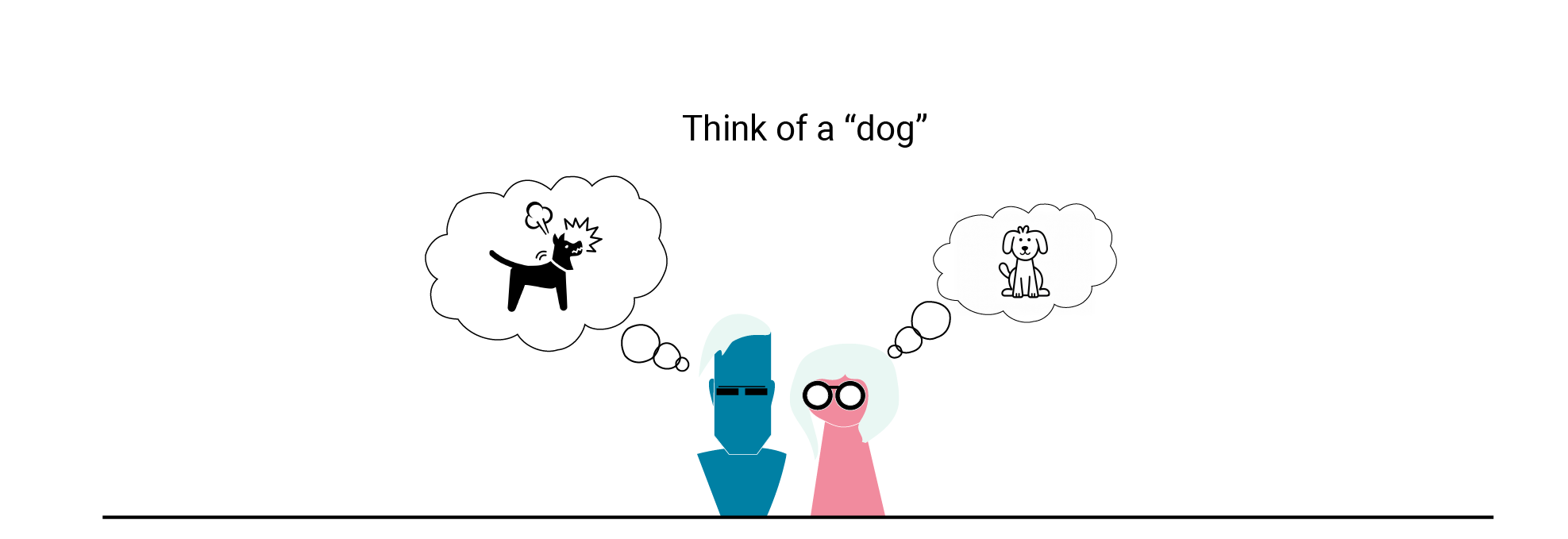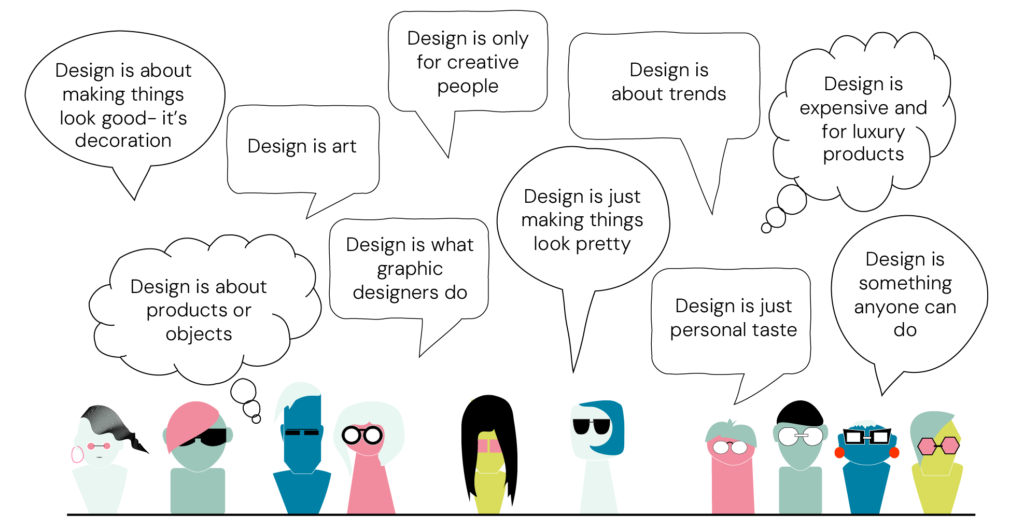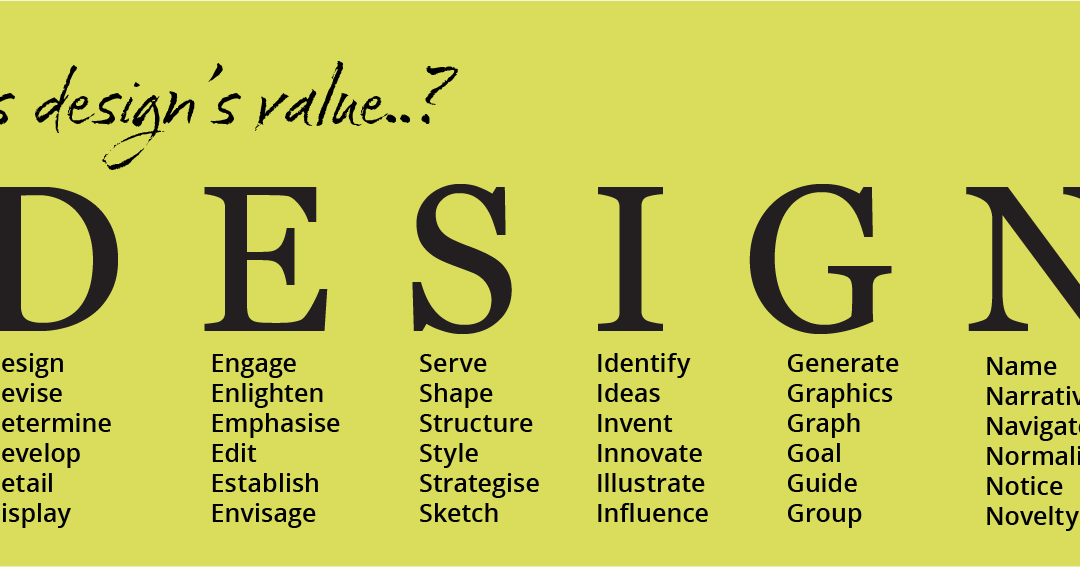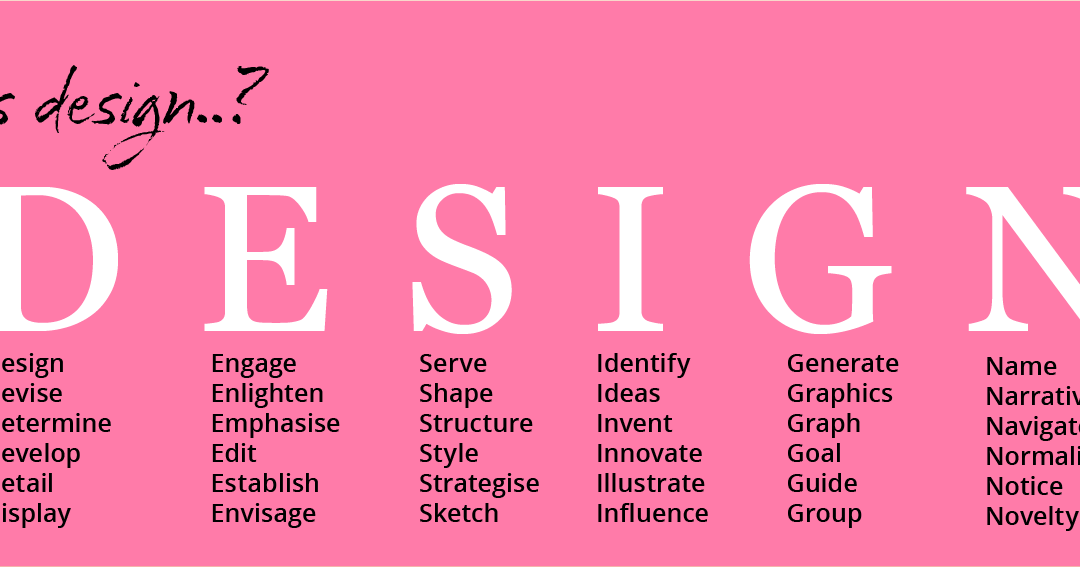Why Shared Meaning of Words is Your Secret Weapon in Today’s Workplace.
Hello, familiar faces and welcome, new friends!
In my last post, I talked about my long, diverse, sometimes frustrating, but ultimately enriching journey through a PhD. My topic looked into one of the most overlooked challenges in modern work: communication breakdowns, especially between creative and business teams.
Today, I want to pull back the curtain and show you why this research became my life’s work and how it led to the tools I’m excited to share. (Links are at the end of the blog post).
The Hidden Problem
When we speak the same language but have different meanings even for commonly used words, we have an often overlooked problem!

Have you ever been in a meeting where some people seemed to speak a different language? I have. I remember being in one meeting where a software engineer discussed “virtual reality”. I noticed the executive sitting beside me, holding a mobile phone on her lap. She was discreetly looking down at it. Hidden by the table, I could see she was searching for “virtual reality.” (https://en.wikipedia.org/wiki/Virtual_reality).
As I looked around at everyone, I sensed that she wasn’t the only one unsure of what “virtual reality” actually meant. Can you relate?
When the programmer finished talking, he waited for a reaction. There was none; we all sat quietly and looked at him. Interestingly, no one asked him to explain the term, and no one asked questions (we may not have understood the answer!). The result was that, eventually, the concept being proposed fizzled out. It never went ahead.
This was not an isolated incident, though. For example, acronyms can be very confusing. Take “UX”. If you are involved in any online project design or team, you most likely have heard the term UX or User Experience, but do you know what it means? https://en.wikipedia.org/wiki/User_experience

Commonly used words
Not only do the unusual words cause confusion, but everyday words often lead to misunderstandings despite their familiarity.
For example, when I looked into how people responded to the word “design,” it became clear that misunderstandings over common words happen more frequently than we think.
Imagine a meeting with people from all different areas of an organisation sitting around a table discussing “design.” Would everyone think the same about its meaning? Probably not!
For the finance manager, “design” might mean the visual layout of a financial report (the look of the design). The product developer might see “design” as the technical specifications of a new feature. The marketing professional may consider “design” as the campaign’s visuals and branding.
Does this matter? Unfortunately, yes. When these different meanings collide, it leads to miscommunications that cost time, money, and a whole lot of frustration. Projects stall, expectations aren’t met, and innovative ideas can get lost in translation.
Yet, this isn’t anyone’s fault! My research helped me understand “why” this happens.
My “Aha!” Moment.
My understanding of “why” we have misunderstandings changed forever when I encountered a 100-year-old social theory called Symbolic Interactionism. Stay with me – it’s simpler than it sounds and has changed everything for me.
Our words (language) are a tool to communicate the meaning of “things” to others. Before symbolic interactionism, people thought meaning came from institutions or systems, a top-down approach.
In reality, it is the opposite. Symbolic interactionism shows us how we make our meaning of things—together.
Symbolic Interactionism in 3 Steps
In 1969, Herbert Blumer distilled the theory into three statements. These three strategies and their meaning have profoundly impacted how I think.
1. We act toward things based on the meanings we give them.
The first premise concerns our behaviour and why we act as we do.
Think of it this way, imagine you receive an email from a colleague with the subject line Quick chat? If, from experience, you know their meaning of “Quick chat?” is usually a “long, unplanned discussion that derails my afternoon,” you might hesitate to respond immediately or even feel a slight dread.
Your action (or inaction) is directly based on the meaning you’ve personally assigned to that phrase.
2. Those meanings come from social interactions.
The second statement tells us that the meanings behind our behaviour come from our social surroundings and the people we mix with.
Using our previous example, where did your specific meaning of “Quick chat?” come from? It wasn’t something you were born knowing. It developed through your interactions with that particular colleague, or perhaps from observing how others reacted to similar requests, or from the general communication culture within your team. Through these shared experiences and observations, you’ve established a specific meaning for “Quick chat?”.
3. We constantly interpret and adjust those meanings as we go through life.
The third premise, considered the most critical, is that meanings are not fixed. We decide our meanings, and we can change our meanings if we interpret new understandings.
Let’s say your colleague starts using the subject line “Quick chat?” for genuinely brief and impactful discussions. Over time, the meaning of “Quick chat?” (for you) will adjust in your mind, perhaps now signifying “a genuinely brief, helpful conversation.”
Your future actions will change accordingly– you’ll respond more readily, feeling less dread. This shows how our meanings are not static; they morph and change as we do, constantly shaped by our ongoing interactions.
Isn’t this just common sense?
I know this theory may seem like common sense, but unfortunately, it isn’t.
I have witnessed breakdowns in communication around design throughout my career—nothing much has changed in over 40 years!
Still, I feel it is becoming increasingly important for us to rethink how we manage information. We live in a time of “information overload”, so it is no wonder we overlook something as simple as “do we mean the same thing?”. But, I believe, it is because we are bombarded with so much every day that perhaps we need to check the foundations of our knowledge.
Acknowledging something so seemingly simple may be a step in the right direction.
Two Insights to Remember

- Shared meaning isn’t automatic but something we actively build for ourselves!
- We are not “given” meanings by some top-down system; we absorb and define them through our social interactions. In other words, we need people to form our understanding.
This thinking became the basis of my research. It showed me why the Design Gap exists and how to truly bridge it. This understanding led me to develop practical solutions for anyone who feels lost in translation at work.
What word or concept do you often find causes miscommunication in your workplace? Please let me know! You can email me here.
Until next time,
Jan
13 May 2025
Gold Coast, Australia
Ready to Bridge the Gap?
I have two tools that I’m excited to share, which I hope will help you develop a deeper understanding of design and digital literacy. If you work with design or digital teams in any capacity, even if it’s just a small role, having a grasp of the terminology and a clear process can be your secret weapon.
The Essential Glossary Handbook for Non-Designers
65+ Essential Design and Digital Concepts This isn’t just a dictionary. Inside, you’ll find over 65 concepts. I explain what these terms mean, why they’re important for you as a non-designer, and how they impact projects and collaborations. It’s designed to empower you to confidently engage in discussions. It helps you understand deliverables and feel more in control of your work.
The AAVA Framework: Your Practical Guide to Shared Meaning of Words
It’s a mindset and tool you can apply (in most situations) to ensure everyone is truly on the same page.
I hope that with these tools, you can transform confusing conversations into powerful collaborations.





0 Comments